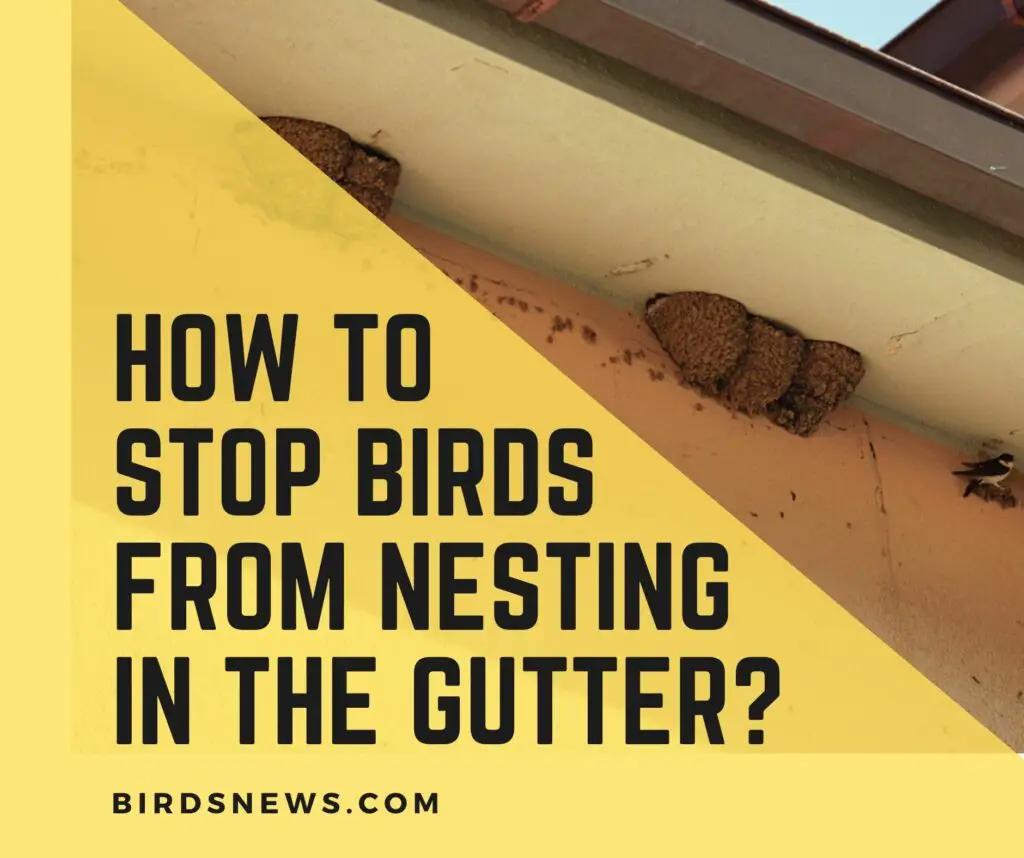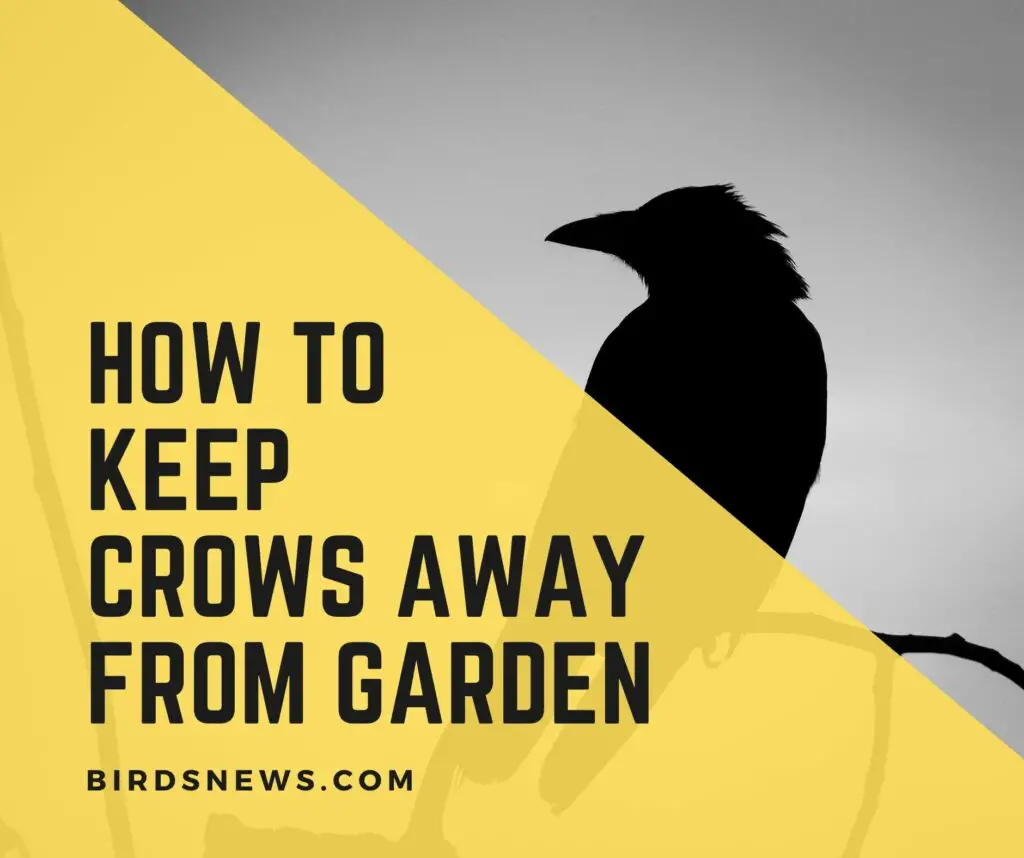Hey there, all those curious Bird lovers! Your curiosity about Birds is justified, and why not? They are beautiful and unique in different ways. Although you may have read and heard much about Avians, have you ever wondered if Birds have Insulated Feet? Oh, Yes, the chirpy little birds you often spot on your balcony have Insulated feet. Those seemingly simple little things at the end of their legs have quite the story to tell.
Join us in this article as we explore all about Birds’ Insulated Feet. Do not think twice before investing your time since we have a lot stored for you.
Imagine this: while you’re bundling up in your coziest socks, have you ever wondered if birds need to do something similar to keep their feet warm? From those feathered pals that strut around with insulated booties to the ones that brave the cold barefoot, we’ll uncover the reasons behind these choices.
Whether you’re a fellow bird lover, a nature enthusiast, or just someone with a knack for cool facts, this journey will show you the cozy – and sometimes not-so-cozy – side of our avian friends’ feet. Here’s all about Birds’ Insulated Feet.
Do Birds’ Have Insulated Feet? Are Birds’ Feet Good Insulators?
Absolutely, birds have insulated feet. In fact, birds have got a pretty skillful way of using them as built-in winter boots. Observe bird’s feet, particularly how nature has made them easily handle cold and hot temperatures.
Birds’ feet are surprisingly good insulators. Birds manage their body heat incredibly, and their feet have to play a crucial role in this balancing act. Their circulatory system is a highway for blood. While one lane carries warm blood to the feet, the other brings cold blood back to the upper body. Birds have two blood lanes right to each other, and as they circulate blood, the meeting allows heat from the warm blood to pass into the cooler blood.
The theory may sound counterproductive to many, but this heat exchange helps birds stay warm. This system, in fact, allows birds to prevent their feet from getting too cold and potentially causing harm during winter. It’s like they have their own natural temperature control. So in a way, birds’ feet (due to their internal system) are natural insulators.
But remember, there’s always an exception. Some birds living in warm places might not need that level of insulation. At the same time, some avian species up in the frigid north might rely more on their cozy feathers to stay warm.
Benefits of Insulated Feet: A Winter Survival Advantage
Birds are blessed with Insulated Feet, and these natural phenomena offer them a valuable advantage for surviving cold winters.
Here’s a closer look at the “Pros of Insulation in Birds’ Feet”:
- Temperature Regulation: Insulated feet help birds maintain a stable body temperature even in freezing conditions. Feet insulation reduces heat loss and allows birds to conserve valuable energy to survive in chilly winters.
- Enhanced Mobility: When birds’ feet are kept warmer, their muscles and joints can function optimally. Therefore, with warmer, insulated feet, birds stay active throughout winter. It, in fact, helps them move around, especially to search for food without experiencing sluggishness due to cold limbs.
- Extended Foraging: With insulated feet, birds can search for food more. It is important since winter means food scarcity. Due to this extended foraging ability, birds’ chances of finding food for survival increase.
- Survival during Cold Nights: Cold nights can be particularly challenging for birds. Having insulated feet allow them to perch and rest more comfortably without losing excessive body heat through their extremities.
- Reduced Risk of Frostbite: Just like humans, birds are susceptible to frostbite. The insulation in birds’ feet acts as a barrier against freezing surfaces. It also aids in decreasing the risk of frostbite and other cold weather-related injuries.
- Effective Nest Incubation: Insulated feet also play a role in incubation. While incubating eggs, birds keep their feet directly in contact with eggs maintaining the required temperature for successful incubation.
- Improved Survivability: The overall winter survival rate for birds with insulated feet is higher compared to those without.
Overall, during winters, Birds’ feet, with that natural insulation power, help them as a survival advantage. These phenomena display how remarkable nature can be in creating these avian creatures.
Drawbacks of Insulation: Challenges Faced by Birds
While insulation in birds’ feet provides various advantages, there can also be drawbacks and challenges. Here’s a closer look at “Cons of Insulation in Birds; Feet”:
- Overheating Risk: While foot insulation provides warmth in winters, in warmer climates, or during hot weather, these properties may become a disadvantage. Insulated feet could potentially lead to overheating, as birds might have difficulty dissipating excess heat through their feet.
- Limited Sensory Input: Insulated feet could reduce birds’ sensory input from their environment. Birds’ feet allow them to gather information about their surroundings; however, over-insulation may hinder their ability to accurately assess their environment.
- Slower Response Time: Reduced sensory input due to insulated feet might lead to slower response times.
- Nesting Challenges: Birds with well-insulated feet might need to be more cautious while incubating their eggs. The reduced heat exchange can affect embryo development due to uneven incubation temperatures.
- Dependence on Feet for Thermoregulation: Birds with highly insulated feet might become more reliant on their feet for thermoregulation. And if their feet has injury, they will become vulnerable.
- Energy Allocation: The energy spent on maintaining the insulation in their feet might come at a cost. Overemphasis on insulation might impact their other essential activities.
- Adaptation to Changing Climates: As climates change due to global warming, birds with highly specialized insulation in their feet might face challenges of adaptation. Especially in a scenario when their current insulation level is no longer suitable for the changing climate, the struggle of regulating their body temperature will become real for birds.
How do Birds’ Sit on Powerlines? Why Aren’t They Electrocuted?
Suppose it is very common to spot birds on the powerline, especially in urban settings. However, what puzzles people the most is, “Don’t Birds get Electrocuted while Perching on Powerlines”?
Well, there are a few factors that can explain this phenomenon.
- Insulation and Conductivity: Powerlines are made of materials like metal, typically good conductors of electricity. However, the birds themselves aren’t good conductors. Due to low water content and the presence of insulation materials in their feathers, birds’ bodies are relatively poor conductors of electricity.
- Perching Technique: Although birds sit on Powerlines, they do not create a complete circuit between two wires or between a wire and the ground. Since they are touching only one wire with their feet (the other foot is either on the same wire or nothing), it avoids the formation of a closed circuit. And for current to pass on and cause harm, a closed circuit is compulsory.
They often touch just one wire with their feet while the other foot is on nothing or touches the same wire.
- Minimal Contact: Due to their small feet, birds have small contact points with the power-lines, and this reduces the surface area through which electricity could potentially flow.
- No Path of Least Resistance: Being a bad conductor, birds do not offer a path for electricity to pass through them.
- Feather Insulation: Birds’ feathers are made up of non-conductive material and provide an additional layer of insulation. As they create a barrier between the powerline and the bird’s body, the current simply doesn’t flow to cause harm.
Summary
The pros shine bright with warmth, mobility, and better survival in the debate over birds’ insulated feet. However, the cons of overheating and slower responses are still there. Nature’s trade-offs at play. With that, it becomes clear that every adaptation in the avian realm is a carefully woven thread for birds’ survival.

Hi, There and Welcome to BirdsNews.com, is here to help you learn and care about pet birds. and this blog is a journal of everything I’ve learned.








